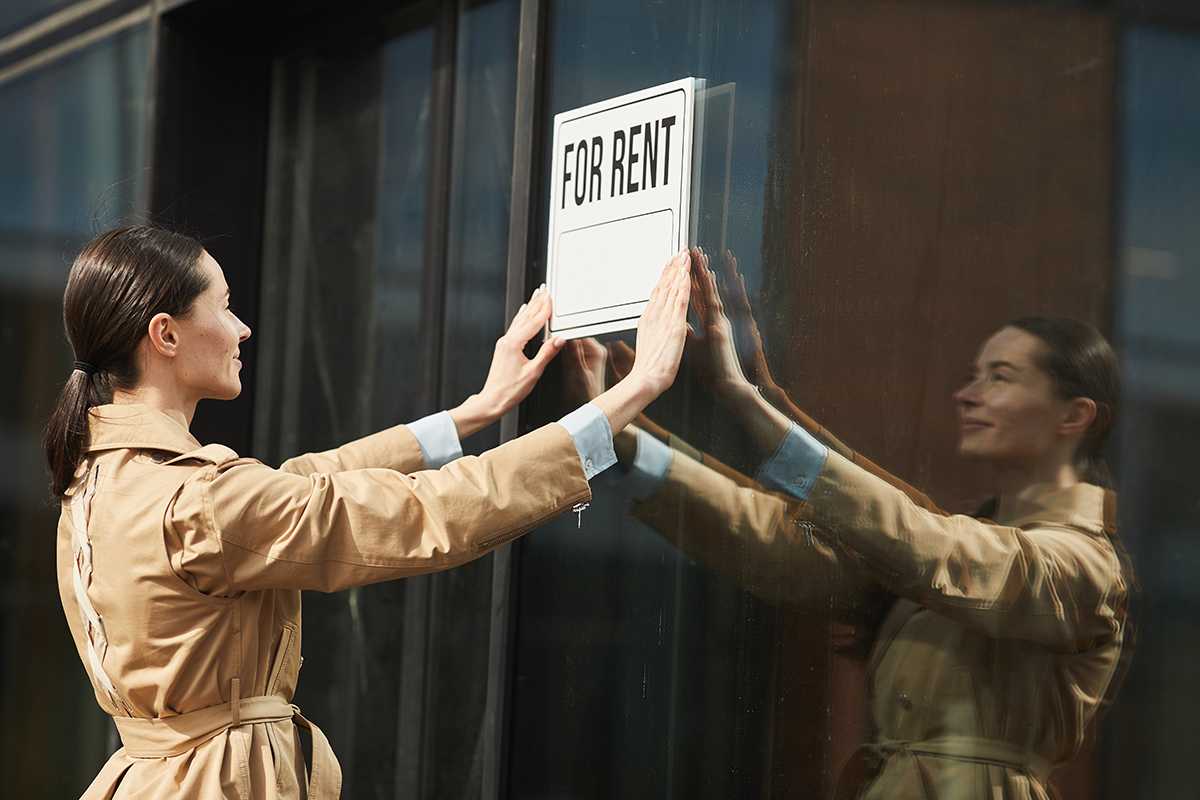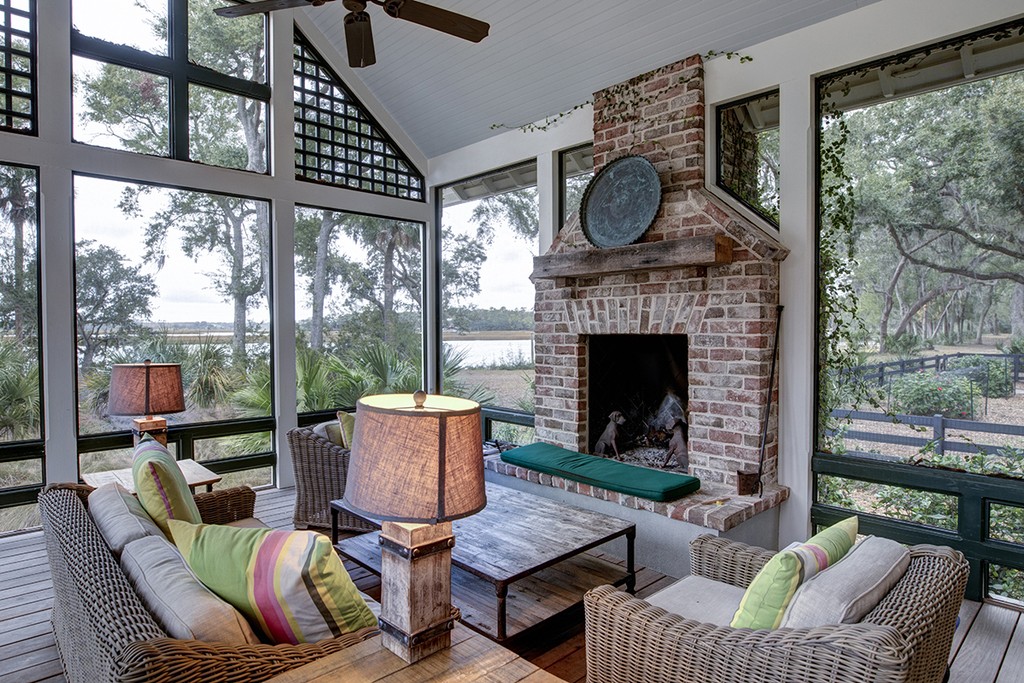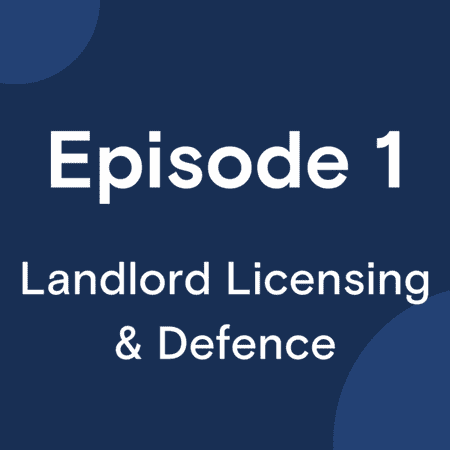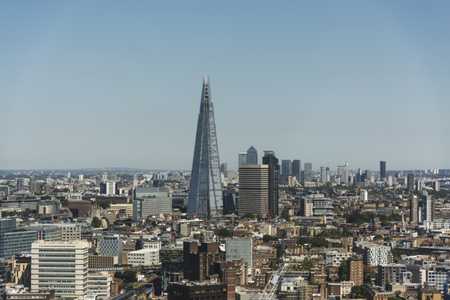Becoming a landlord is now a popular way to earn an income. One reason for such is the increase in demand for rental properties in the UK. When done right, you could make or establish a good source of income from letting your property. While this may seem appealing, there are steps you have to take to become a successful landlord. Below are some of them:
Step 1: Ensure That You’re Allowed To Let Your Property
Having a property doesn’t mean you can automatically rent it out. Whether you plan to own a property or you already have one, you need to check if you can let it. If your property is a shared ownership or a leasehold, you must get approval from the parties involved. This is important as some don’t allow subletting.Talking to your residential mortgage lender is also necessary if you plan to let your house. By doing so, you can make sure that your mortgage policy has Buy-to-Let (BTL) coverage. If none, then work with your lender. Inform them of your intention and ask them to assist you in making the switch. That way, your lenders will not find a reason to withdraw your loan.
Step 2: Know Your Landlord Responsibilities
Next is to understand your responsibilities according to the government. In the UK, these responsibilities cover your tenants, safety, property, finances, and deposits.
Tenants
Before accepting a tenant, you must conduct a “Right to Rent” check. You have to check their passport or immigration documents. Doing so ensures that they have the legal right to live in the UK. Moreover, you also have to make copies and record when you have checked such documents. This process is vital to avoid incurring fines and criminal liabilities.
Safety
You’re also responsible for enabling health and safety inspections. This is to avoid exposing your tenants to vermin, mould, or gas leaks that may endanger their health. It’s also required to provide guides and manuals on how they should use the appliances – and you should only provide European CE electrical marked appliances. Doing so will ensure that tenants will use standard and safe electrical equipment. Additionally, you need to have an annual gas safety check on every gas appliance. Your property must also have functional working carbon monoxide and smoke alarms, as well as fire escape routes.
Property
Your property’s layout must also cater to persons with disabilities. This means you may have to put in place structural changes. This includes adding a temporary ramp, walk-in shower, or handrails. Generally, you’re also responsible for all types of interior or exterior repairs. This is to ensure your tenants have a safe and quality space to live in. You also need to make the repairs within a reasonable time. But before you can repair anything, you need to notify and ask permission from your tenants. Even if you’re a landlord, you must inform them 24 hours in advance that you’ll be entering their premises for the repairs.
Finances
As a landlord, you must pay income tax on any profit you receive from any rental properties you own. Your profit is the total once you’ve considered your rental income and deducted any expenses or allowances. More about taxes and calculating how much you need to pay can be found here.
Deposits
Deposits are for maintenance and repairs in case of damages. It’s also imperative to put such deposits into a scheme. These include the following government-approved schemes for landlords:
- Tenancy Deposit Scheme
- Deposit Protection Service
- MyDeposits
Moreover, you have to inform your tenants of the scheme you’ll be using. Do so up to 30 days after signing the contract or during the signing date.
Step 3: Document Your Rental Property Requirements
Knowing your responsibilities as a landlord isn’t enough; you also need to put them on paper. Before taking on your first renter, you must have the following documents:
Legionella Test Certificate
Having this certificate is vital to avoid facing legal liabilities. This happens when tenants contract Legionnaire’s disease caused by your water system. This test isn’t a legal requirement, but it’s still recommended. That way, you can ensure that your property’s water system is safe. Or, if there’s a Legionella risk, discovering it beforehand is better so you can eliminate its risks.
HMO License
A HMO is also known as the House in Multiple Occupation. This license is necessary if you have three or more tenants living in the same property. Moreover, they must be sharing the facilities although they’re from different households. When you have this license, it means you’ve complied with the council’s standards. These standards ensure safe and quality residential accommodation for your tenants.
Written Permission
This document is necessary for shared ownership and leasehold property, as mentioned above. This shows that the involved parties agree to renting out the property. Besides, you should also get this document from your mortgage lender even before becoming a landlord.
Gas Certificate
As mentioned, a gas safety inspection is vital. And you’ll need to provide this certificate to your tenants before the start of their tenancy. Or you can also give it to them after every annual inspection.
Inventory
You also need to provide a list of items furnished in the property for your tenants. This includes listing down the specific number of utensils, furniture, and the like. It’s even better to take photographs of such. That way, you can use it as a reference when checking the items after the end of the contract with the tenant. It’ll help you identify missing or damaged items that you can charge or take out from the deposit.
Tenancy Agreement
This document is one of the most important ones. That’s because it has all the legal terms and conditions both you and the tenant must adhere to. It includes the period of their tenancy as well as the amount of their rent. And you can include the consequences if they don’t follow what’s stated in the contract. Thus, it may help to consult a solicitor when drafting a tenancy agreement. Or you can download a template from a landlord association website.
Energy Performance Certificate (EPC)
This certificate will show your property’s energy efficiency. You can get the EPC after an accredited Domestic Energy Assessor (DEA) conducts a survey. An EPC is necessary to let tenants know how expensive the flat will be to maintain. They can learn it by checking your property’s energy efficiency rating. On top of that, it’ll be a basis if you can let your property. If your property has a mark lower than E, then you’re not allowed to let it. The best is to have at least a D or E rating—G being the least efficient and A as the most efficient. If you can’t present an EPC, you may incur fines.
Step 4: Decide How To Manage Your Let
Another step is to decide how to go about with the lording. Depending on your preference, you can manage it on your own or work with a letting agent. For more elaboration, below are the most common ways of being a landlord:
Do-It-Yourself Option
As its name sounds, you’ll be managing your tenants on your own. This means doing all the work, from finding tenants to maintaining your property. One advantage of this is to save on the agent fees, but you must have ample time, if not full-time, to become a landlord. Moreover, this option helps you filter tenants since you’ll conduct the viewings yourself.
Let Agents Find Tenants And Conduct Viewings
Here, you’ll be working with an agent who will advertise your property. This is helpful if you’re not knowledgeable in the real estate market. Moreover, the agents will be responsible for the following:
- Draw up tenancy agreements
- Find tenants
- Conduct viewings and referencing
- Secure deposits from tenants
But, you’ll still handle the property management in this option. Thus, you’ll be paying a much cheaper fee. Some agents charge 10% of one year’s worth of let while others charge a fixed price.
Let Agents Fully Manage The Property
While this option has higher fees, it frees up your time from being a full-time landlord. That’s because the agent is responsible for all activities related to letting properties. With such, you’ll only be waiting for your earnings.You may be paying agent fees, but it’ll be worth it. Reputable letting agencies like Oasis Living can help you be a landlord without the hassle. No more worrying about finding tenants or maintaining the property as they’ll do all the work for you.
Step 5: Get Landlord Insurance
While this step isn’t a legal requirement, it’s still vital. This insurance can protect you, your tenants, and your property from the risks of letting it. Besides, conventional insurance policies don’t cover the risks associated with renting out properties. Thus, your mortgage lender is more likely to need you to have such a policy to cover rental activities. Some of which are the following:
Home Emergency Insurance: This policy covers door or window damages affecting the property’s security. It also covers electrical, heating, or plumbing issues.
Rent Guarantee Insurance: In case your tenants fall into arrears, this insurance will protect you.
Landlord Liability Insurance: A visitor or a tenant may incur injuries in your property, and this policy covers such liability.
Landlord Contents Insurance: If you’re letting a furnished property, this insurance is essential. It can cover things that your tenants may damage or lose. Although they should be responsible for it, it’s no guarantee that they will. Thus, you can use this policy for such circumstances.
Landlord Building Insurance: When vandalism, flood, or fire damages your property, you can use this insurance. It can cover the costs associated with rebuilding or repairing it. Moreover, you may not get a buy-to-let mortgage without this type of insurance.
Step 6: Set Rental Fees
When you’re ready to let your property, it’s time to set the rental fees. Start by studying your market. This includes checking the rental fees of properties like yours. You may also need to consider your target markets such as single professionals, students, young families, and others. Also, consider whether to let a furnished property. If your target demographic is students, then a furnished one is more appealing. But an unfurnished property is more suitable for single professionals or young families, as they can decorate the property according to their own preferences. Moreover, you may also have to calculate your rental yield. This yield refers to the return you get from the monthly rent on your property. Do so by dividing the annual rental income by your property’s value. For instance, if your property is worth £300,000, and you charge an £18,000 annual rental fee for it. Divide 18,000 by 300,000 and multiply the result by 100. The final result will then be the percentage yield, which is 6% for the example. While a 5-6% yield is okay, it’s still best to have a 7% yield to make enough income from your property. But, it’ll still depend on the market you’re in. In reality, the total rental yield will be slightly lower once you factor in other costs pertaining to agency fees and property maintenance. Have enough funds to cover rental property costs by setting the right rental fee when you consider the mentioned factors.
Step 7: File Taxes
You also have to file taxes if you plan to be a landlord. Start by completing a self-assessment tax return. Then, pay your bill to Her Majesty’s Revenue and Customs (HMRC) on or before January 31 after a tax year.This step is easy, mainly when calculating your profits each tax year. You only have to deduct your allowable expenses from your let income. And to know the tax you’ll be paying, deduct your £1,000 tax-free property allowance, if applicable.
Are You Ready To Become A Landlord?
With the guide above, you can familiarise yourself with different landlord responsibilities and requirements. You’ll also be wiser when setting up your rental fees and can ensure safety for your tenants as well as your property. So what are you waiting for? Reach out to our team and we’d be happy to help you get started!
